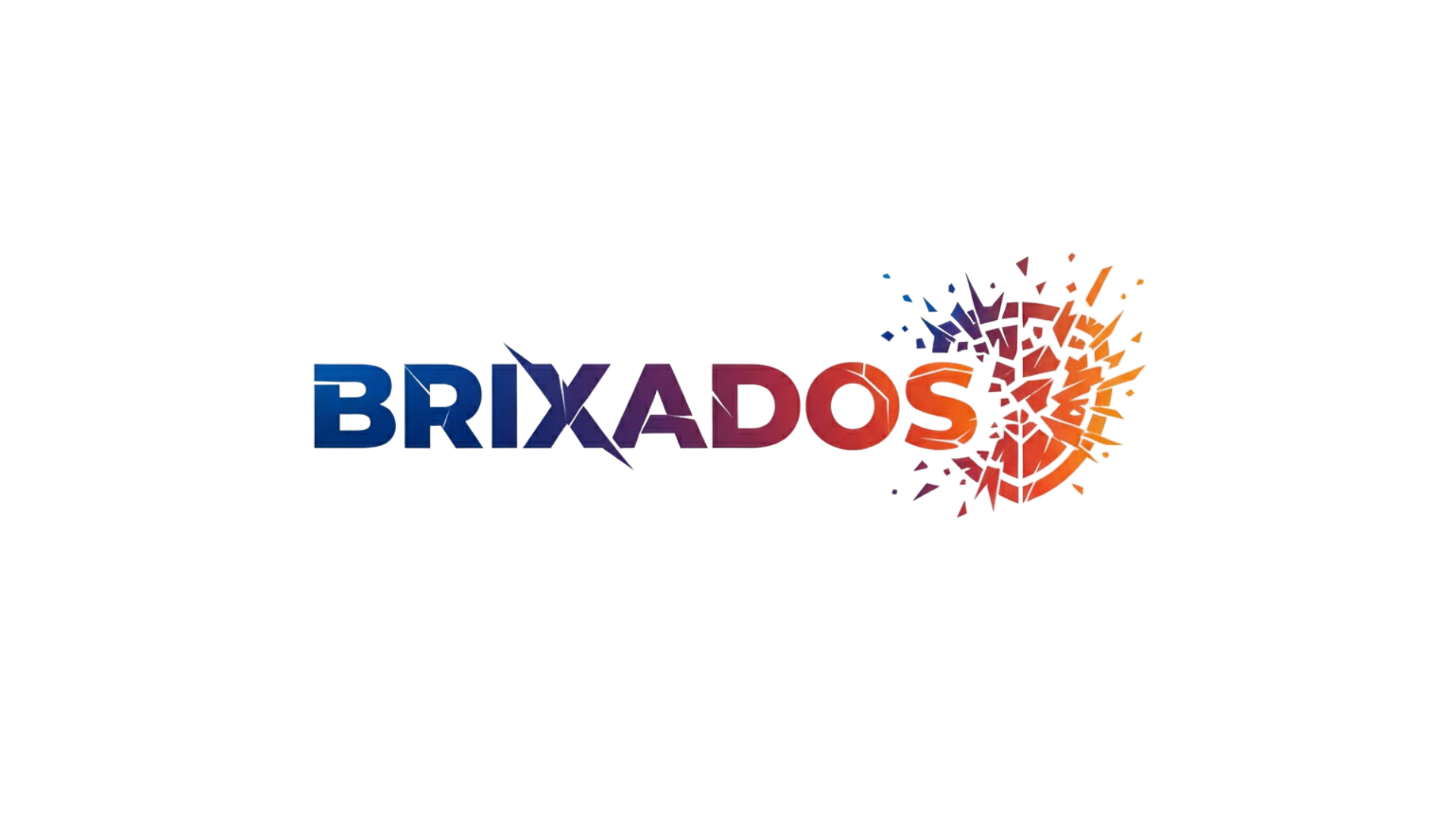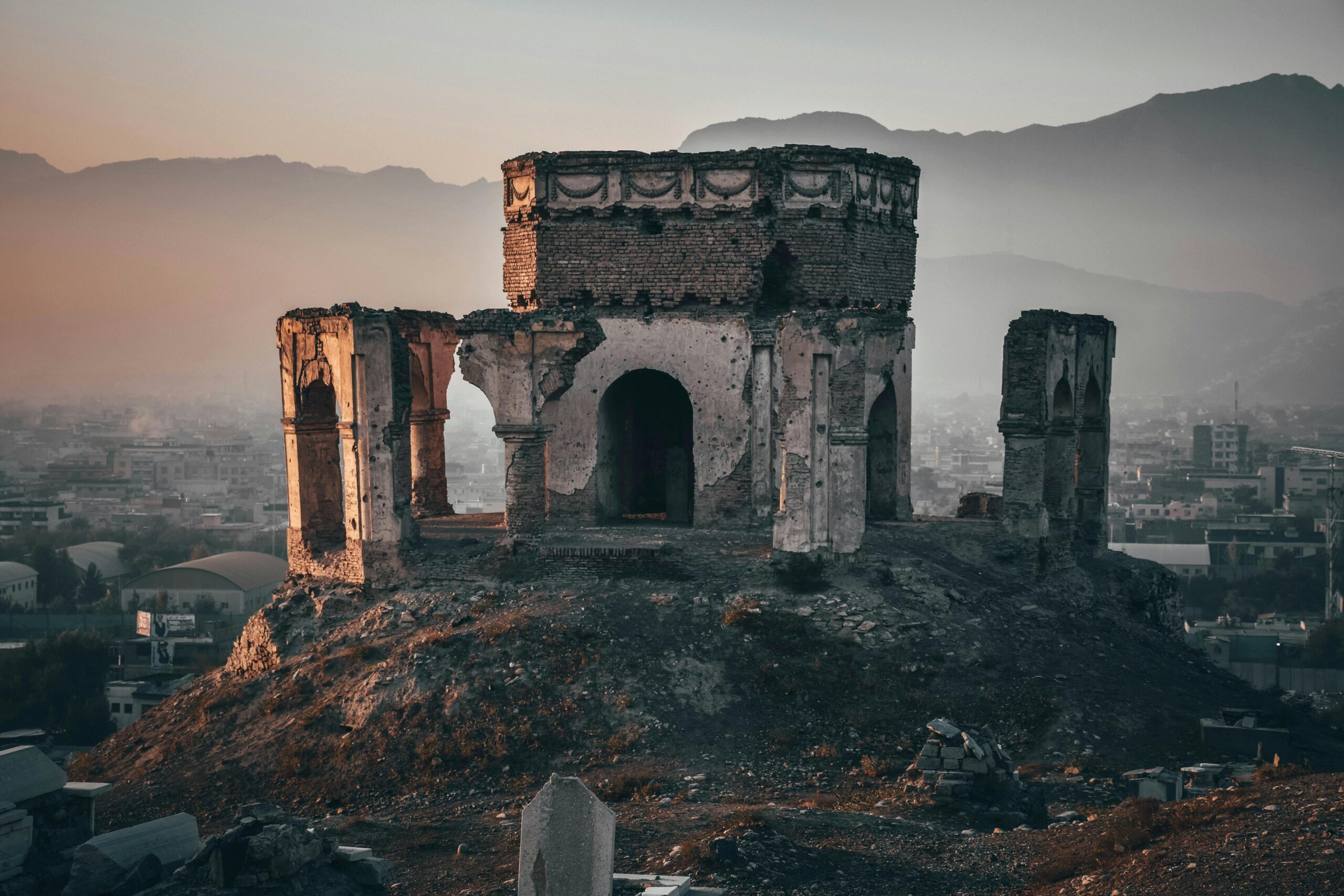The invisible threads that bind communities together form intricate tapestries of shared beliefs, values, and behaviors that shape our collective experience and define who we are as societies.
🧠 The Architecture of Collective Consciousness
Cultural patterns represent the invisible scaffolding upon which societies build their identities, norms, and values. These recurring themes, behaviors, and belief systems emerge from generations of shared experiences, environmental adaptations, and collective problem-solving. Understanding the collective mind requires us to examine not just what people do, but why they do it, and how these patterns replicate across time and space.
The concept of a collective mind isn’t about suggesting that societies think with one brain, but rather that groups develop shared cognitive frameworks that influence individual decision-making. These frameworks operate like cultural algorithms, processing information through filters shaped by history, geography, language, and social structures. When we recognize these patterns, we gain profound insights into human behavior at scale.
Anthropologists and sociologists have long studied how cultural patterns emerge and persist. From Émile Durkheim’s concept of collective conscience to Carl Jung’s collective unconscious, scholars have attempted to map the invisible forces that guide group behavior. Today, with advances in data analytics and network theory, we can observe these patterns with unprecedented clarity, revealing how ideas spread, norms shift, and societies transform.
🌍 How Cultural Patterns Take Root and Flourish
Cultural patterns don’t appear randomly; they develop through specific mechanisms that reinforce certain behaviors while discouraging others. Socialization processes beginning in childhood introduce individuals to acceptable ways of thinking and acting within their communities. Families, educational institutions, religious organizations, and media all serve as transmission vehicles for cultural norms.
Language plays a particularly powerful role in shaping collective thought patterns. The Sapir-Whorf hypothesis suggests that linguistic structures influence how speakers perceive and conceptualize reality. Languages with multiple words for snow enable speakers to make distinctions invisible to others, while languages lacking future tense might correlate with different attitudes toward planning and saving.
Rituals and traditions act as cultural memory banks, encoding values and worldviews into repeatable practices. Wedding ceremonies, coming-of-age rites, funeral customs, and seasonal celebrations all transmit cultural information across generations. These practices create emotional bonds and shared reference points that strengthen group cohesion and identity.
The Role of Mythology and Storytelling
Every culture develops narratives that explain its origins, justify its social structures, and provide moral frameworks. These stories—whether religious texts, national myths, or contemporary media narratives—shape how people understand their place in the world and their obligations to others. The hero’s journey archetype appears across cultures because it addresses universal human experiences while allowing for culture-specific variations.
Modern storytelling through television, film, and digital media continues this ancient tradition, but with unprecedented reach and speed. Global entertainment conglomerates can now influence cultural patterns worldwide, creating both homogenization and resistance movements that assert local cultural identity against perceived external threats.
📊 Measuring the Invisible: Tracking Cultural Patterns
Quantifying cultural patterns presents significant methodological challenges, yet researchers have developed sophisticated approaches to map collective mindsets. Hofstede’s cultural dimensions theory, developed through IBM employee surveys across dozens of countries, identified key axes along which cultures vary: power distance, individualism versus collectivism, masculinity versus femininity, uncertainty avoidance, long-term versus short-term orientation, and indulgence versus restraint.
These dimensions reveal meaningful differences in how societies organize themselves. High power-distance cultures accept hierarchical order without much justification, while low power-distance societies demand explanations for inequalities. Individualistic cultures prioritize personal achievement and autonomy, while collectivist cultures emphasize group harmony and interdependence.
Modern digital tools have opened new avenues for cultural analysis. Social media platforms generate massive datasets revealing how ideas spread, which values resonate, and how quickly norms shift. Natural language processing algorithms can detect sentiment, identify emerging trends, and map ideological clusters across populations. These technologies allow researchers to observe cultural evolution in real-time rather than relying solely on retrospective analysis.
💡 The Tangible Impact on Social Institutions
Cultural patterns profoundly influence how societies structure their fundamental institutions. Economic systems, political arrangements, educational philosophies, and justice systems all reflect underlying cultural assumptions about human nature, the proper role of authority, and the balance between individual and collective interests.
Economic Behavior and Cultural Values
The relationship between culture and economic outcomes has fascinated scholars since Max Weber’s “The Protestant Ethic and the Spirit of Capitalism.” Weber argued that Protestant values emphasizing hard work, thrift, and worldly success created psychological conditions favorable to capitalist development. While subsequent research has nuanced this thesis, the broader point remains valid: cultural attitudes toward risk, entrepreneurship, cooperation, and time orientation significantly impact economic behavior.
Collectivist cultures often develop economic institutions emphasizing cooperation and long-term relationships over short-term transactions. Japanese business practices, with their emphasis on lifetime employment and consensus decision-making, reflect cultural values prioritizing group harmony. Meanwhile, highly individualistic cultures tend to favor market-based solutions, entrepreneurial risk-taking, and labor mobility.
Political Systems as Cultural Expressions
Democratic institutions function differently across cultural contexts because they rest upon cultural foundations that aren’t universal. Political scientist Robert Putnam’s research on Italian regional governments demonstrated that civic traditions and social capital—patterns of trust and cooperation—determined governmental effectiveness more than institutional design alone.
Cultures with high trust levels and strong civic engagement traditions find it easier to maintain democratic accountability and resist corruption. Conversely, societies lacking these cultural resources may adopt democratic forms without achieving democratic substance, resulting in clientelism, nepotism, and institutional fragility.
🔄 Cultural Patterns in the Age of Globalization
Globalization creates unprecedented contact between cultural systems, producing both convergence and divergence. Some scholars predicted cultural homogenization as global media, international travel, and economic integration exposed populations to similar influences. Reality has proven more complex, with globalization simultaneously spreading certain patterns while triggering defensive reactions that strengthen local identities.
The concept of “glocalization” captures this dynamic—global influences don’t simply erase local cultures but get filtered through and adapted to local contexts. McDonald’s serves different menus in different countries, not just accommodating local tastes but absorbing local cultural meaning. In India, the restaurant doesn’t serve beef; in Israel, many locations are kosher; in Italy, the menu includes espresso served properly.
Digital connectivity has created new spaces where cultural patterns form and spread. Online communities develop their own norms, language variations, and behavioral expectations that may transcend geographic boundaries. Internet culture itself represents a emerging pattern with global reach yet local expressions, visible in how memes mutate across linguistic and cultural contexts.
⚖️ The Dark Side: When Cultural Patterns Become Constraints
Not all cultural patterns serve society beneficially. Some traditions perpetuate inequality, limit individual freedom, or prevent adaptation to changing circumstances. Honor cultures that sanction violence against women who violate chastity norms, caste systems that rigidly stratify populations, or ethnic prejudices that fuel conflict all demonstrate how cultural patterns can cause tremendous harm.
The challenge lies in distinguishing between cultural relativism—respecting different ways of organizing social life—and moral relativism—refusing to judge harmful practices. This tension animates debates about human rights, with universalists arguing certain principles transcend culture while particularists contend that imposing external values constitutes cultural imperialism.
Cultural patterns also create cognitive rigidity, making societies slow to recognize and respond to new challenges. Climate change denial in certain cultural contexts reflects not just lack of information but worldviews that resist the collective action and lifestyle changes required to address the crisis. Cultural narratives emphasizing dominion over nature, skepticism toward scientific expertise, or faith in technological salvation can all impede necessary adaptations.
🌱 Catalyzing Cultural Evolution
Despite their persistence, cultural patterns do change. Understanding the mechanisms of cultural evolution enables intentional efforts to shift harmful patterns while preserving beneficial ones. Social movements throughout history have successfully challenged entrenched norms around slavery, women’s rights, LGBTQ+ equality, and environmental stewardship.
Cultural entrepreneurs—individuals and organizations who deliberately introduce new ideas and practices—play crucial roles in pattern disruption. Civil rights leaders reframed racial equality as consistent with rather than opposed to American values. Environmental movements made sustainability personally meaningful rather than abstract. Public health campaigns shifted smoking from glamorous to stigmatized through sustained cultural work.
The Power of Narrative Intervention
Changing cultural patterns requires changing the stories cultures tell about themselves. New narratives must resonate with existing values while pointing toward different conclusions. Successful social movements don’t abandon cultural touchstones but reinterpret them, finding progressive implications in traditional sources.
Media representation significantly influences cultural patterns by making certain identities, behaviors, and possibilities visible or invisible. The increasing diversity in entertainment media both reflects and accelerates evolving cultural attitudes toward race, gender, sexuality, and disability. When people see themselves represented in heroic rather than stereotypical roles, it shifts collective perceptions of what’s normal and possible.
🎯 Practical Implications for Organizations and Leaders
Understanding cultural patterns has immense practical value for organizations operating across cultural contexts. Multinational corporations, international NGOs, and diplomatic institutions must navigate cultural differences skillfully to achieve their objectives. Cultural intelligence—the ability to recognize, understand, and appropriately respond to cultural variations—becomes essential leadership competence in globally connected systems.
Organizational cultures themselves represent microcosms where cultural patterns can be observed and influenced. Company founders and leaders consciously and unconsciously create cultural patterns through their decisions, communications, and the behaviors they reward or punish. Strong organizational cultures align employee behavior without extensive supervision, but can also create insularity and resistance to necessary change.
Change management succeeds or fails based on cultural understanding. Initiatives that ignore existing organizational or societal cultural patterns encounter resistance, regardless of their technical merits. Effective change agents recognize that transforming outcomes requires transforming underlying patterns of thought and behavior, not just implementing new policies or technologies.
🔮 Emerging Patterns in Contemporary Society
Contemporary society witnesses several emerging cultural patterns with profound implications. The shift toward post-materialist values in affluent societies, identified by political scientist Ronald Inglehart, prioritizes self-expression, quality of life, and environmental protection over economic and physical security. This transformation reflects generational change as populations who grew up with material abundance develop different priorities than those who experienced scarcity.
Digital culture creates new patterns around privacy, attention, and social connection. Younger generations navigate multiple online identities, expect instant access to information, and maintain larger but potentially shallower social networks than previous generations. These shifts influence everything from romantic relationships to political engagement to workplace expectations.
Growing awareness of mental health represents another significant cultural shift. Patterns of stigma and silence that historically surrounded psychological struggles increasingly give way to openness, help-seeking, and recognition that mental health equals physical health in importance. This transformation required sustained efforts to reshape cultural narratives and normalize conversations previously considered taboo.

🌟 Harnessing Collective Intelligence for Common Challenges
The greatest challenges facing humanity—climate change, pandemic preparedness, economic inequality, nuclear proliferation—require coordinated action at scales that transcend individual nations and cultures. Addressing these existential threats demands cultural patterns that support global cooperation while respecting local diversity.
Creating such patterns represents perhaps the most important cultural project of our era. It requires developing shared narratives that make planetary citizenship emotionally compelling, institutional innovations that enable cooperation across difference, and educational approaches that cultivate both local identity and cosmopolitan perspective.
The collective mind isn’t static destiny but dynamic possibility. By understanding the patterns that currently shape society, we gain capacity to consciously evolve them toward more just, sustainable, and flourishing futures. This work requires patience, humility, and recognition that cultural change operates on generational timescales even as individual moments can catalyze rapid transformation.
Every person participates in creating and recreating cultural patterns through daily choices about what to believe, how to behave, and which norms to reinforce or resist. This distributed agency means that cultural evolution emerges from countless individual actions that collectively shift the landscape of possibility. Understanding the collective mind empowers us to be more conscious participants in shaping the cultures we inhabit and bequeath to future generations.
The journey of exploring cultural patterns ultimately reveals both profound diversity and surprising commonality across human societies. We organize our collective lives in remarkably different ways, yet face similar questions about meaning, belonging, justice, and transcendence. Honoring this paradox—celebrating diversity while recognizing shared humanity—may itself represent the cultural pattern most needed for navigating an interconnected world.
Toni Santos is a myth-psychology researcher and narrative writer exploring how archetypes, symbols and human story converge to shape mind, culture and meaning. Through his studies on the collective unconscious, comparative mythology and symbolic dream interpretation, Toni examines how the myths we tell reflect the patterns we live — and how awareness of these patterns can spark transformation. Passionate about hero’s journeys, mythic motifs and dream-language, Toni focuses on how story acts as both mirror and map for inner depth and growth. His work highlights the bridges between myth, psyche and culture — guiding readers toward a deeper encounter with themselves and the stories they carry. Blending psychology, mythology and narrative theory, Toni writes about the hidden architecture of meaning — helping readers understand how symbols, stories and dreams shape experience and identity. His work is a tribute to: The power of myth to reveal the unseen structures of psyche The journey from archetype to individual lived story The art of dream-language as a path to wholeness Whether you are a storyteller, psychologist or traveller in the inner landscape, Toni Santos invites you to explore the mythic dimension of mind — one symbol, one myth, one insight at a time.




